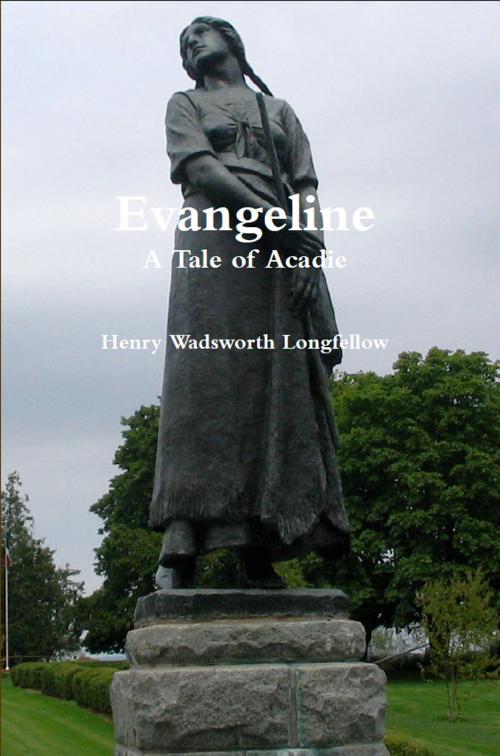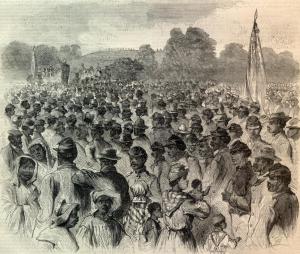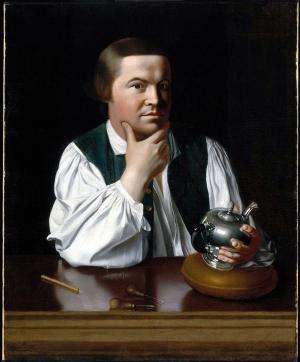| Author: | Henry W. Longfellow | ISBN: | 1230000034313 |
| Publisher: | AP Publishing House | Publication: | November 30, 2012 |
| Imprint: | Language: | English |
| Author: | Henry W. Longfellow |
| ISBN: | 1230000034313 |
| Publisher: | AP Publishing House |
| Publication: | November 30, 2012 |
| Imprint: | |
| Language: | English |
Evangeline describes the betrothal of a fictional Acadian girl named Evangeline Bellefontaine to her beloved, Gabriel Lajeunesse, and their separation as the British deport the Acadians from Acadie in the Great Upheaval. The poem then follows Evangeline across the landscapes of America as she spends years in a search for him, at some times being near to Gabriel without realizing he was near. Finally she settles in Philadelphia and, as an old woman, works as a Sister of Mercy among the poor. While tending the dying during an epidemic she finds Gabriel among the sick, and he dies in her arms.
Evangeline, A Tale of Acadie, is an epic poem by the American poet Henry Wadsworth Longfellow, published in 1847. The poem follows an Acadian girl named Evangeline and her search for her lost love Gabriel, set during the time of the Expulsion of the Acadians.
The idea for the poem came from Longfellow's friend, Nathaniel Hawthorne. Longfellow used dactylic hexameter, imitated from Greek and Latin classics, though the choice was criticized. It was published in 1847 and became Longfellow's most famous work in his lifetime. It remains one of his most popular and enduring works.
The poem had a powerful effect in defining both Acadian history and identity in the nineteenth and twentieth century. More recent scholarship has revealed the historical errors in the poem and the complexity of the Expulsion and those involved, which the poem ignores.
Evangeline describes the betrothal of a fictional Acadian girl named Evangeline Bellefontaine to her beloved, Gabriel Lajeunesse, and their separation as the British deport the Acadians from Acadie in the Great Upheaval. The poem then follows Evangeline across the landscapes of America as she spends years in a search for him, at some times being near to Gabriel without realizing he was near. Finally she settles in Philadelphia and, as an old woman, works as a Sister of Mercy among the poor. While tending the dying during an epidemic she finds Gabriel among the sick, and he dies in her arms.
Evangeline, A Tale of Acadie, is an epic poem by the American poet Henry Wadsworth Longfellow, published in 1847. The poem follows an Acadian girl named Evangeline and her search for her lost love Gabriel, set during the time of the Expulsion of the Acadians.
The idea for the poem came from Longfellow's friend, Nathaniel Hawthorne. Longfellow used dactylic hexameter, imitated from Greek and Latin classics, though the choice was criticized. It was published in 1847 and became Longfellow's most famous work in his lifetime. It remains one of his most popular and enduring works.
The poem had a powerful effect in defining both Acadian history and identity in the nineteenth and twentieth century. More recent scholarship has revealed the historical errors in the poem and the complexity of the Expulsion and those involved, which the poem ignores.















